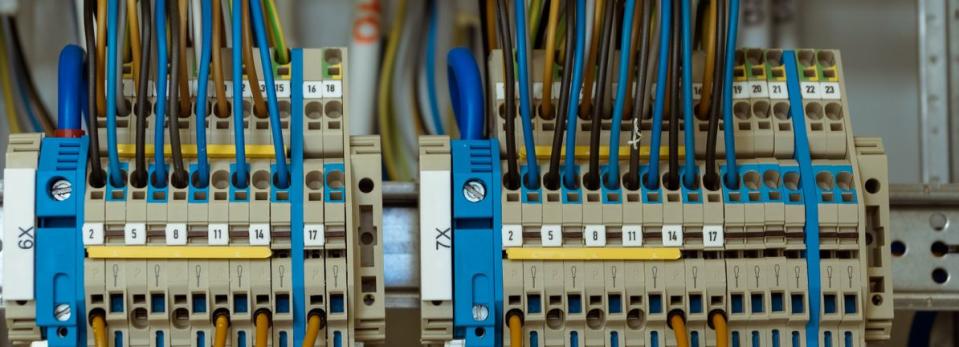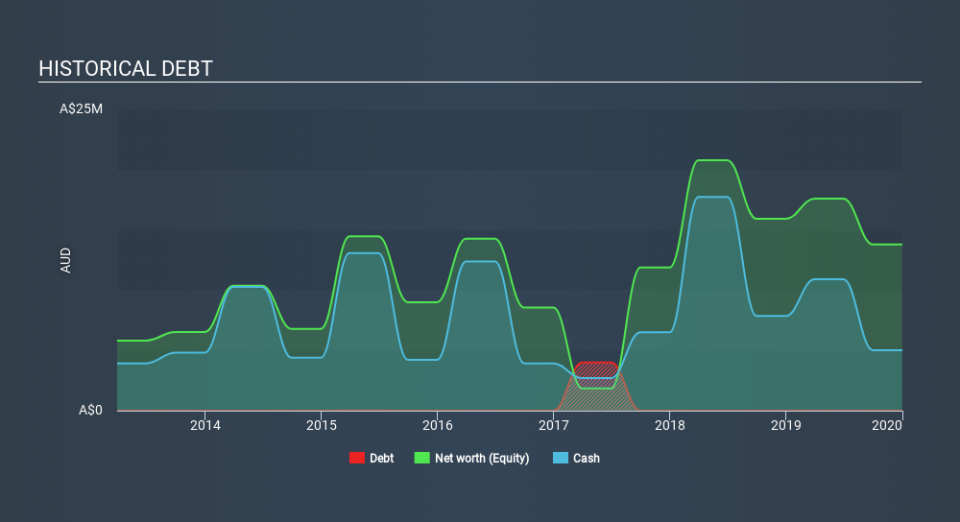Companies Like RedFlow (ASX:RFX) Can Be Considered Quite Risky

We can readily understand why investors are attracted to unprofitable companies. For example, although Amazon.com made losses for many years after listing, if you had bought and held the shares since 1999, you would have made a fortune. Nonetheless, only a fool would ignore the risk that a loss making company burns through its cash too quickly.
So should RedFlow (ASX:RFX) shareholders be worried about its cash burn? For the purposes of this article, cash burn is the annual rate at which an unprofitable company spends cash to fund its growth; its negative free cash flow. Let's start with an examination of the business's cash, relative to its cash burn.
View our latest analysis for RedFlow
Does RedFlow Have A Long Cash Runway?
A cash runway is defined as the length of time it would take a company to run out of money if it kept spending at its current rate of cash burn. In December 2019, RedFlow had AU$5.0m in cash, and was debt-free. Looking at the last year, the company burnt through AU$11m. That means it had a cash runway of around 6 months as of December 2019. That's a very short cash runway which indicates an imminent need to douse the cash burn or find more funding. You can see how its cash balance has changed over time in the image below.
How Is RedFlow's Cash Burn Changing Over Time?
In the last year, RedFlow did book revenue of AU$1.9m, but its revenue from operations was less, at just AU$1.9m. We don't think that's enough operating revenue for us to understand too much from revenue growth rates, since the company is growing off a low base. So we'll focus on the cash burn, today. As it happens, the company's cash burn reduced by 30% over the last year, which suggests that management are mindful of the possibility of running out of cash. In reality, this article only makes a short study of the company's growth data. You can take a look at how RedFlow is growing revenue over time by checking this visualization of past revenue growth.
How Hard Would It Be For RedFlow To Raise More Cash For Growth?
Even though it has reduced its cash burn recently, shareholders should still consider how easy it would be for RedFlow to raise more cash in the future. Issuing new shares, or taking on debt, are the most common ways for a listed company to raise more money for its business. One of the main advantages held by publicly listed companies is that they can sell shares to investors to raise cash to fund growth. By looking at a company's cash burn relative to its market capitalisation, we gain insight on how much shareholders would be diluted if the company needed to raise enough cash to cover another year's cash burn.
RedFlow has a market capitalisation of AU$25m and burnt through AU$11m last year, which is 44% of the company's market value. From this perspective, it seems that the company spent a huge amount relative to its market value, and we'd be very wary of a painful capital raising.
How Risky Is RedFlow's Cash Burn Situation?
On this analysis of RedFlow's cash burn, we think its cash burn reduction was reassuring, while its cash runway has us a bit worried. Once we consider the metrics mentioned in this article together, we're left with very little confidence in the company's ability to manage its cash burn, and we think it will probably need more money. On another note, we conducted an in-depth investigation of the company, and identified 6 warning signs for RedFlow (1 is potentially serious!) that you should be aware of before investing here.
If you would prefer to check out another company with better fundamentals, then do not miss this free list of interesting companies, that have HIGH return on equity and low debt or this list of stocks which are all forecast to grow.
If you spot an error that warrants correction, please contact the editor at editorial-team@simplywallst.com. This article by Simply Wall St is general in nature. It does not constitute a recommendation to buy or sell any stock, and does not take account of your objectives, or your financial situation. Simply Wall St has no position in the stocks mentioned.
We aim to bring you long-term focused research analysis driven by fundamental data. Note that our analysis may not factor in the latest price-sensitive company announcements or qualitative material. Thank you for reading.

 Yahoo Finance
Yahoo Finance 
